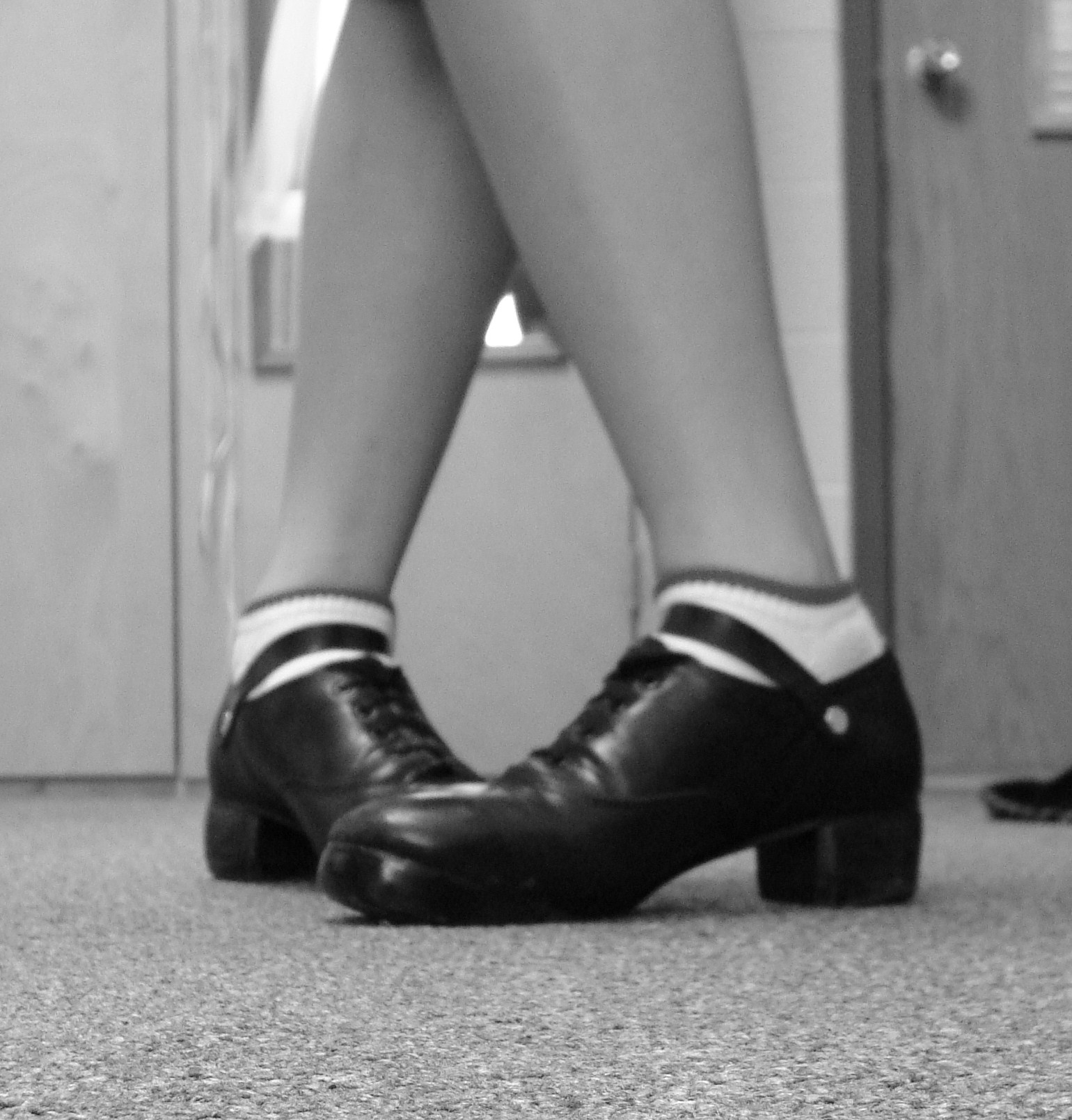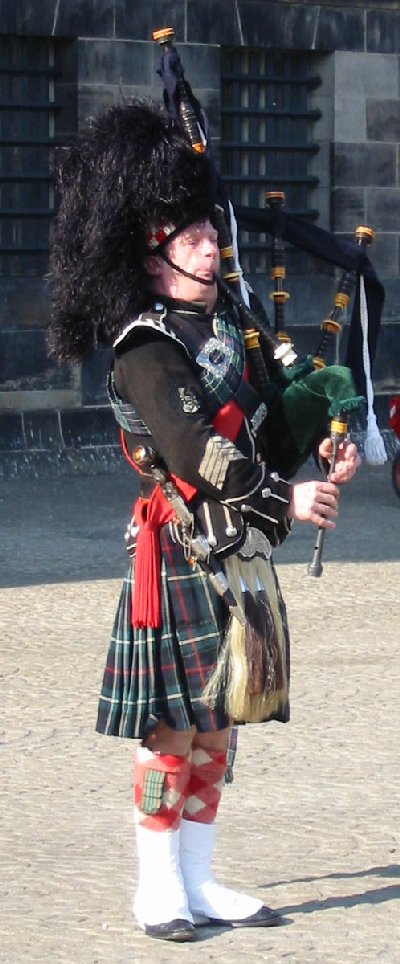|
Ceòl Beag
Ceòl beag is the Gaelic-language term for "light music", which in bagpiping includes such forms as marches, strathspeys, reels, jigs, polkas, slow airs, and hornpipe The hornpipe is any of several dance forms played and danced in Britain and Ireland and elsewhere from the 16th century until the present day. The earliest references to hornpipes are from England with Hugh Aston's Hornepype of 1522 and others ...s, as well as pipe tunes played in non-traditional idioms such as rock, punk, and jazz. The term is used in juxtaposition to ceòl mòr (translating literally as "big music" or "great music", as contrasted with ceòl beag, meaning "little music"). See also * Ceòl meadhonach References Scottish music Bagpiping {{Music-genre-stub ... [...More Info...] [...Related Items...] OR: [Wikipedia] [Google] [Baidu] |
Scottish Gaelic Language
Scottish Gaelic ( gd, Gàidhlig ), also known as Scots Gaelic and Gaelic, is a Goidelic language (in the Celtic branch of the Indo-European language family) native to the Gaels of Scotland. As a Goidelic language, Scottish Gaelic, as well as both Irish and Manx, developed out of Old Irish. It became a distinct spoken language sometime in the 13th century in the Middle Irish period, although a common literary language was shared by the Gaels of both Ireland and Scotland until well into the 17th century. Most of modern Scotland was once Gaelic-speaking, as evidenced especially by Gaelic-language place names. In the 2011 census of Scotland, 57,375 people (1.1% of the Scottish population aged over 3 years old) reported being able to speak Gaelic, 1,275 fewer than in 2001. The highest percentages of Gaelic speakers were in the Outer Hebrides. Nevertheless, there is a language revival, and the number of speakers of the language under age 20 did not decrease between the 2001 and 20 ... [...More Info...] [...Related Items...] OR: [Wikipedia] [Google] [Baidu] |
Great Highland Bagpipe
The Great Highland bagpipe ( gd, a' phìob mhòr "the great pipe") is a type of bagpipe native to Scotland, and the Scottish analogue to the Great Irish Warpipes. It has acquired widespread recognition through its usage in the British military and in pipe bands throughout the world. The bagpipe is first attested in Scotland around 1400, having previously appeared in European artwork in Spain in the 13th century. The earliest references to bagpipes in Scotland are in a military context, and it is in that context that the Great Highland bagpipe became established in the British military and achieved the widespread prominence it enjoys today, whereas other bagpipe traditions throughout Europe, ranging from Portugal to Russia, almost universally went into decline by the late 19th and early 20th century. Though widely famous for its role in military and civilian pipe bands, the Great Highland bagpipe is also used for a solo virtuosic style called ''pìobaireachd'', ''ceòl mòr' ... [...More Info...] [...Related Items...] OR: [Wikipedia] [Google] [Baidu] |
March (music)
A march, as a musical genre, is a piece of music with a strong regular rhythm which in origin was expressly written for marching to and most frequently performed by a military band. In mood, marches range from the moving death march in Richard Wagner, Wagner's ''Götterdämmerung'' to the brisk military marches of John Philip Sousa and the martial hymns of the late 19th century. Examples of the varied use of the march can be found in Ludwig van Beethoven, Beethoven's Symphony No. 3 (Beethoven), ''Eroica'' Symphony, in the Three Marches Militaires (Schubert), Marches Militaires of Franz Schubert, in the Marche funèbre in Frédéric Chopin, Chopin's Piano Sonata No. 2 (Chopin), Sonata in B flat minor, the "''Jäger March''" in the by Jean Sibelius, and in the Dead March in George Frideric Handel, Handel's ''Saul (Handel), Saul''. Characteristics Marches can be written in any time signature, but the most common time signatures are , (''alla breve'' , although this may refer to ... [...More Info...] [...Related Items...] OR: [Wikipedia] [Google] [Baidu] |
Strathspey (dance)
A strathspey () is a type of dance tune in time, featuring dotted rhythms (both long-short and short-long "Scotch snaps"), which in traditional playing are generally somewhat exaggerated rhythmically. Examples of strathspeys are the songs "The Bonnie Banks o' Loch Lomond" and "Coming Through the Rye" (which is based on an older tune called "The Miller's Daughter"). Strathspeys may be played anywhere from 108 beats per minute for Highland dance up to 160 beats per minute for step dance). Traditionally, a strathspey will be followed by a reel, which is in with even eighth-notes, as a release of the rhythmic tension created during the strathspey. It has been hypothesized that strathspeys mimic the rhythms of Scottish Gaelic song. Among traditional musicians, strathspeys are occasionally transmitted as canntaireachd, a style of singing in which various syllables are used to vocalize traditional bagpipe embellishments. The dance is named after the Strathspey region of Scotland, in ... [...More Info...] [...Related Items...] OR: [Wikipedia] [Google] [Baidu] |
Reel (dance)
The reel is a folk dance type as well as the accompanying dance tune type. Of Scottish origin, reels are also an important part of the repertoire of the fiddle traditions of the British Isles and North America. In Scottish country dancing, the reel is one of the four traditional dances, the others being the jig, the strathspey and the waltz, and is also the name of a dance figure (see below). In Irish dance, a reel is any dance danced to music in ''reel time'' (see below). In Irish stepdance, the reel is danced in soft shoes and is one of the first dances taught to students. There is also a treble reel, danced in hard shoes to reel music. History The reel is indigenous to Scotland. The earliest reference was in a trial of 1590, where the accused was reported to have "daunced this reill or short dance." However, the form may go back to the Middle Ages. The name may be cognate with or relate to an Old Norse form, with Suio-Gothic '' rulla'', meaning "to whirl." This became Anglo ... [...More Info...] [...Related Items...] OR: [Wikipedia] [Google] [Baidu] |
Polka
Polka is a dance and genre of dance music originating in nineteenth-century Bohemia, now part of the Czech Republic. Though associated with Czech culture, polka is popular throughout Europe and the Americas. History Etymology The term ''polka'' referring to the dance is derived from the Czech word ''Polka'' meaning "Polish woman" (feminine form corresponding to ''Polák'', a Pole)."polka, n.". Oxford University Press. (accessed 11 July 2012). Czech cultural historian Čeněk Zíbrt also attributes the term to the Czech word ''půlka'' (half), referring to both the half-tempo and the half-jump step of the dance.Čeněk Zíbrt, "Jak se kdy v Čechách tancovalo: dějiny tance v Čechách, na Moravě, ve Slezsku a na Slovensku z věků nejstarších až do nové doby se zvláštním zřetelem k dějinám tance vůbec", Prague, 189(Google eBook)/ref> The word was widely introduced into the major European languages in the early 1840s. Origin and popularity The polka' ... [...More Info...] [...Related Items...] OR: [Wikipedia] [Google] [Baidu] |
Air (music)
An air ( it, aria; also ''ayr'', ''ayre'' in French) is a song-like vocal or instrumental composition. The term can also be applied to the interchangeable melodies of folk songs and ballads. It is a variant of the musical song form often referred to (in opera, cantata and oratorio) as aria. English lute ayres Lute airs were first produced in the royal court of England toward the end of the 16th century and enjoyed considerable popularity until the 1620s. Probably based on Italian monody and French ''air de cour'', they were solo songs, occasionally with more (usually three) parts, accompanied on a lute.G. J. Buelow, ''History of Baroque Music: Music in the 17th and First Half of the 18th Centuries'', Indiana University Press, 2004 (p. 306). Their popularity began with the publication of John Dowland's (1563–1626) ''First Booke of Songs or Ayres'' (1597). His most famous airs include " Come again", "Flow, my tears", " I saw my Lady weepe", and " In darkness let me dwell". The gen ... [...More Info...] [...Related Items...] OR: [Wikipedia] [Google] [Baidu] |
Hornpipe
The hornpipe is any of several dance forms played and danced in Britain and Ireland and elsewhere from the 16th century until the present day. The earliest references to hornpipes are from England with Hugh Aston's Hornepype of 1522 and others referring to Lancashire hornpipes in 1609 and 1613. It is suggested that the hornpipe as a dance began around the 16th century on English sailing vessels. However, the dance does not seem to have become associated with sailors until after 1740 when the dancer Yates performed 'a hornpipe in the character of a Jack Tar' at Drury Lane Theatre, after which, in 1741 at Covent Garden we hear of "a hornpipe by a gentleman in the character of a sailor". Movements were those familiar to sailors of that time: "looking out to sea" with the right hand to the forehead, then the left, lurching as in heavy weather, and giving the occasional rhythmic tug to their breeches both fore and aft. Folk hornpipes The hornpipe is an Irish, Scottish and English d ... [...More Info...] [...Related Items...] OR: [Wikipedia] [Google] [Baidu] |
Pibroch
Pibroch, or is an art music genre associated primarily with the Scottish Highlands that is characterised by extended compositions with a melodic theme and elaborate formal variations. Strictly meaning "piping" in Scottish Gaelic, has for some four centuries been music of the Great Highland Bagpipe. Music of a similar nature, pre-dating the adoption of the Highland pipes, has historically been played on the wire-strung Gaelic harp () and later on the Scottish fiddle, and this form is undergoing a revival. A more general term is ( gd, ceòl mòr in reformed spelling or in unreformed spelling), meaning the "great music", to distinguish this complex extended art-music from the more popular Scottish music such as dances, reels, marches and strathspey (dance), strathspeys, which are called or "little music". Etymology The Gaelic languages, Gaelic word literally means 'piping' or 'act of piping'. The word is derived from ('pipes') via ('piper') plus the abstract forming suffix ... [...More Info...] [...Related Items...] OR: [Wikipedia] [Google] [Baidu] |
Ceòl Meadhonach
() is the Gaelic-language term for "middle music", which in bagpiping includes such forms as slow airs and jigs. The genre thus includes "tunes as are neither constructed to the measure of , nor adapted to the quick march or dance Dance is a performing art form consisting of sequences of movement, either improvised or purposefully selected. This movement has aesthetic and often symbolic value. Dance can be categorized and described by its choreography, by its repertoir ...".Campbell, John and Archibald Campbell: "The Kilberry Book of Ceol Meadhonach". Glasgow: Peter Henderson, 1909. See also * References Bagpiping Music of Scotland {{music-genre-stub ... [...More Info...] [...Related Items...] OR: [Wikipedia] [Google] [Baidu] |
Scottish Music
Scotland is internationally known for its traditional music, which remained vibrant throughout the 20th century and into the 21st, when many traditional forms worldwide lost popularity to pop music. In spite of emigration and a well-developed connection to music imported from the rest of Europe and the United States, the music of Scotland has kept many of its traditional aspects; indeed, it has itself influenced many forms of music. Many outsiders associate Scottish folk music almost entirely with the Great Highland Bagpipe, which has long played an important part in Scottish music. Although this particular form of bagpipe developed exclusively in Scotland, it is not the only Scottish bagpipe. The earliest mention of bagpipes in Scotland dates to the 15th century although they are believed to have been introduced to Britain by the Roman armies. The ''pìob mhór'', or Great Highland Bagpipe, was originally associated with both hereditary piping families and professional pipers t ... [...More Info...] [...Related Items...] OR: [Wikipedia] [Google] [Baidu] |




.jpg)

